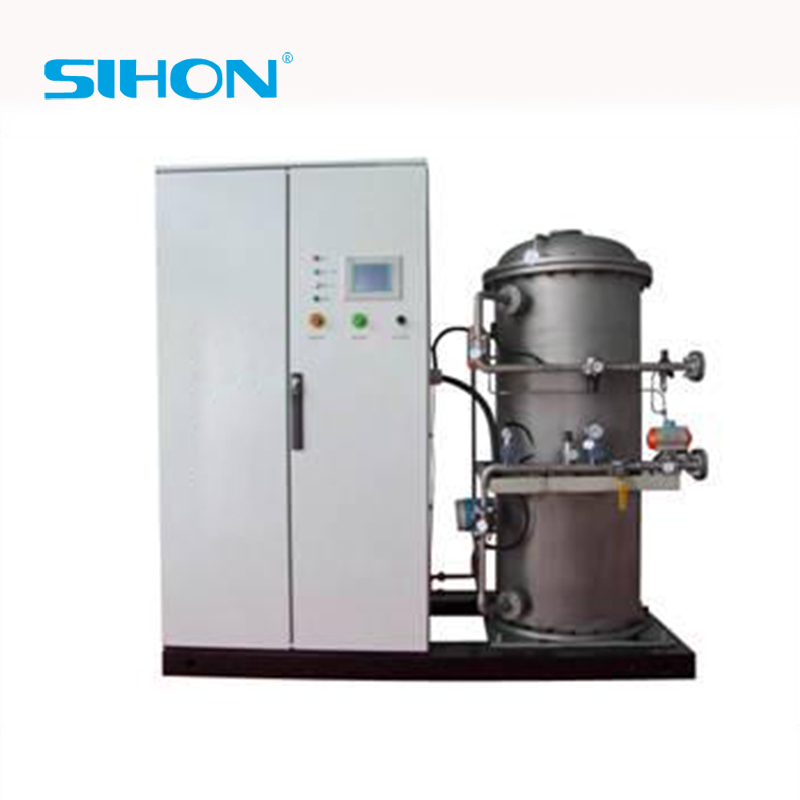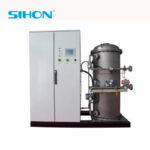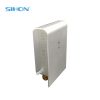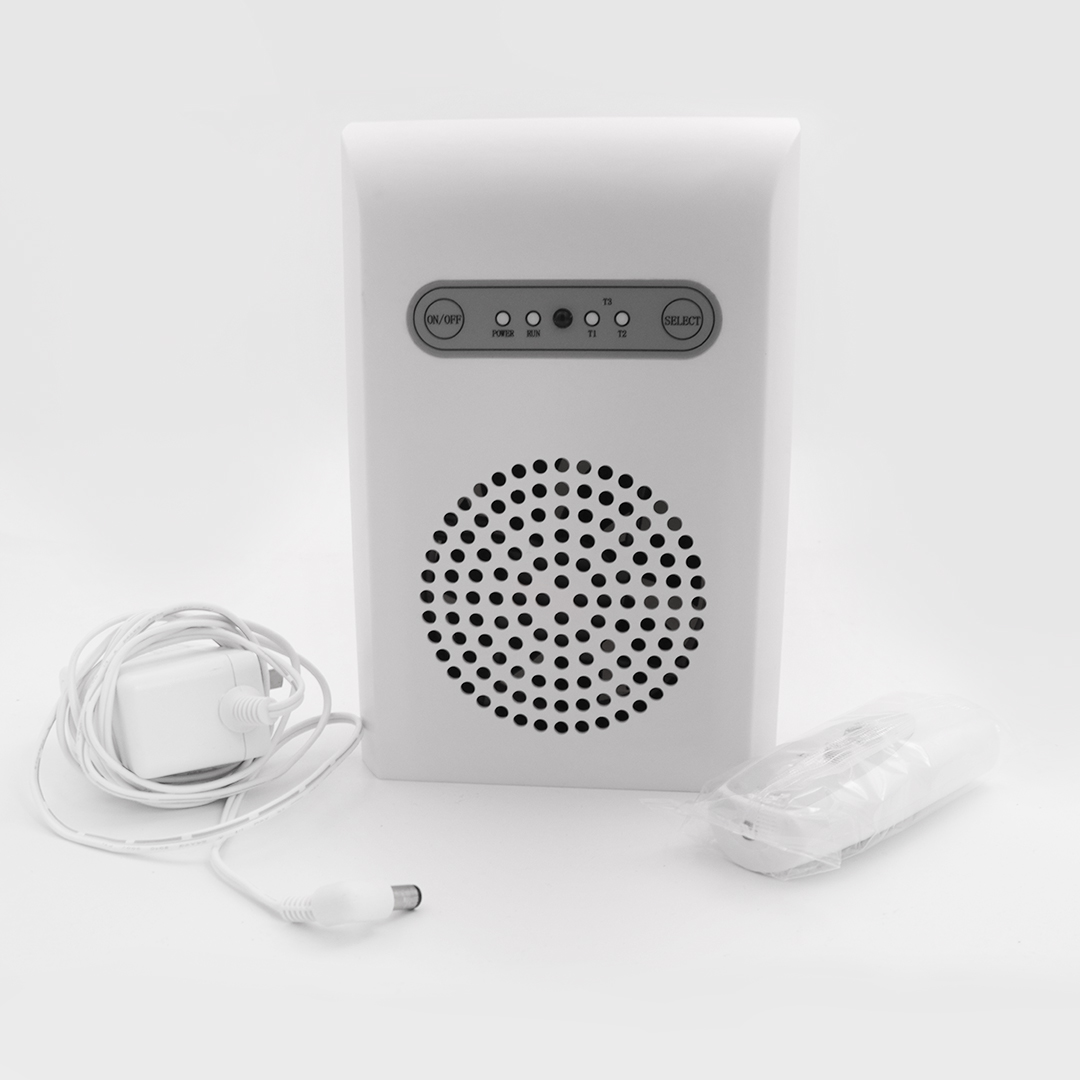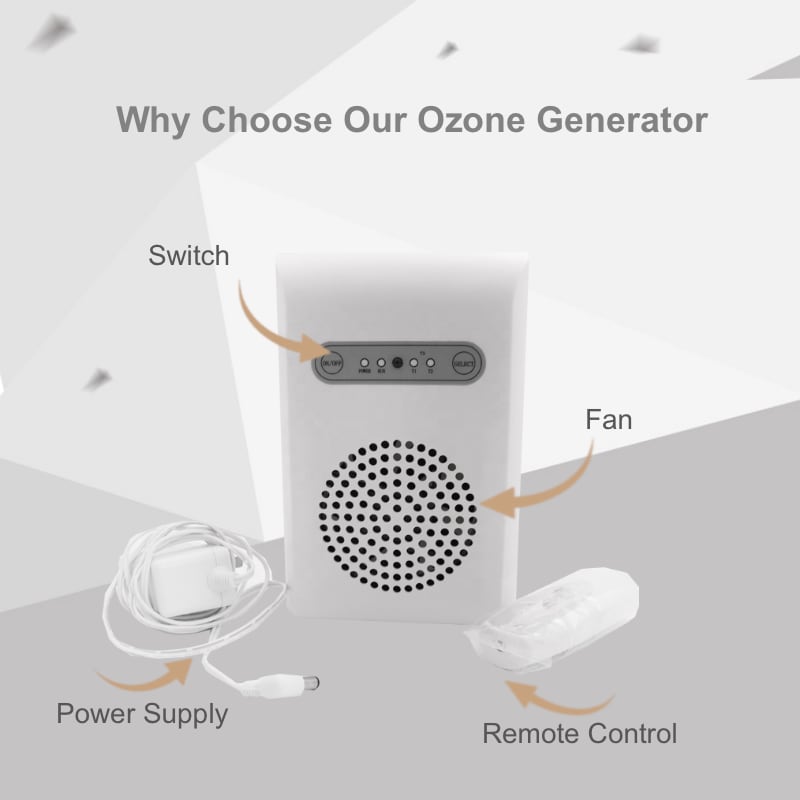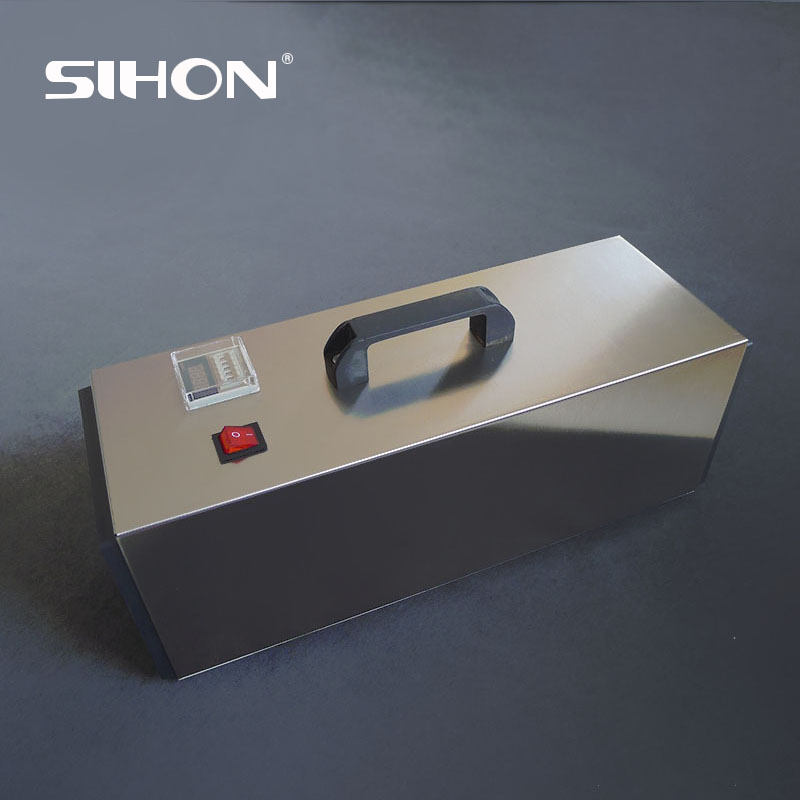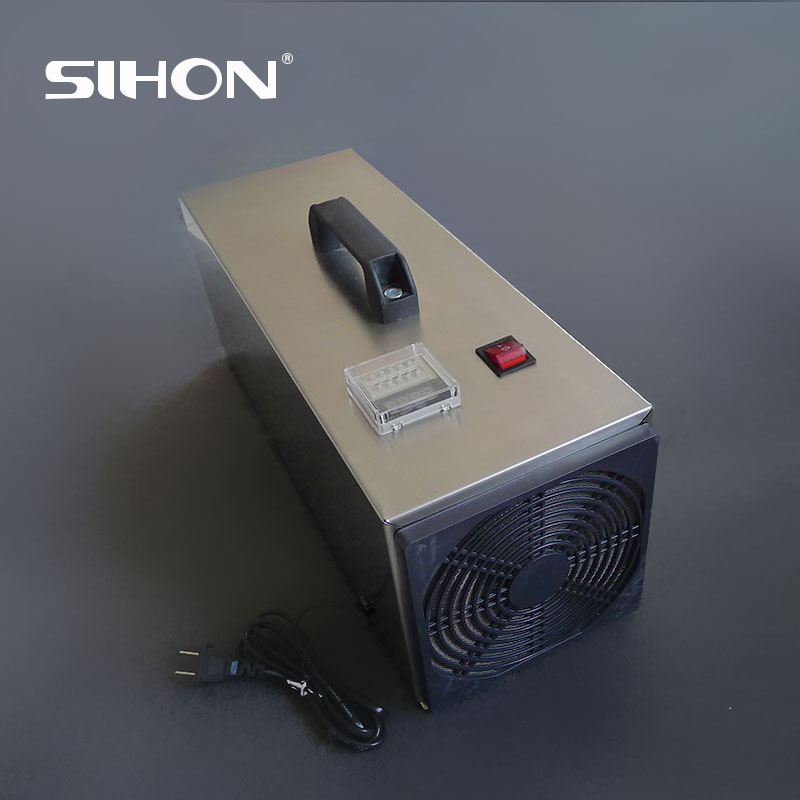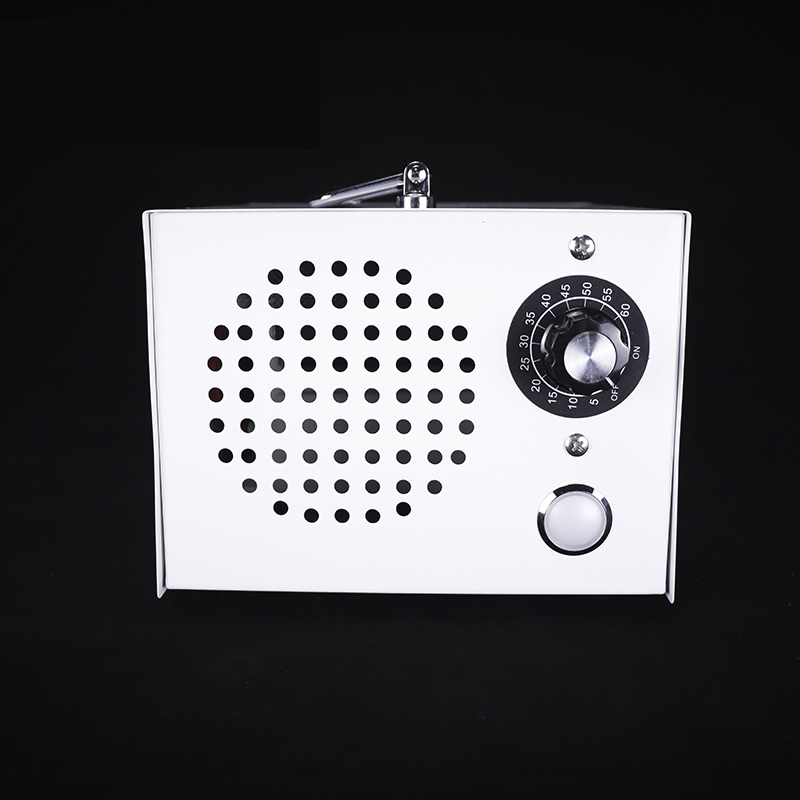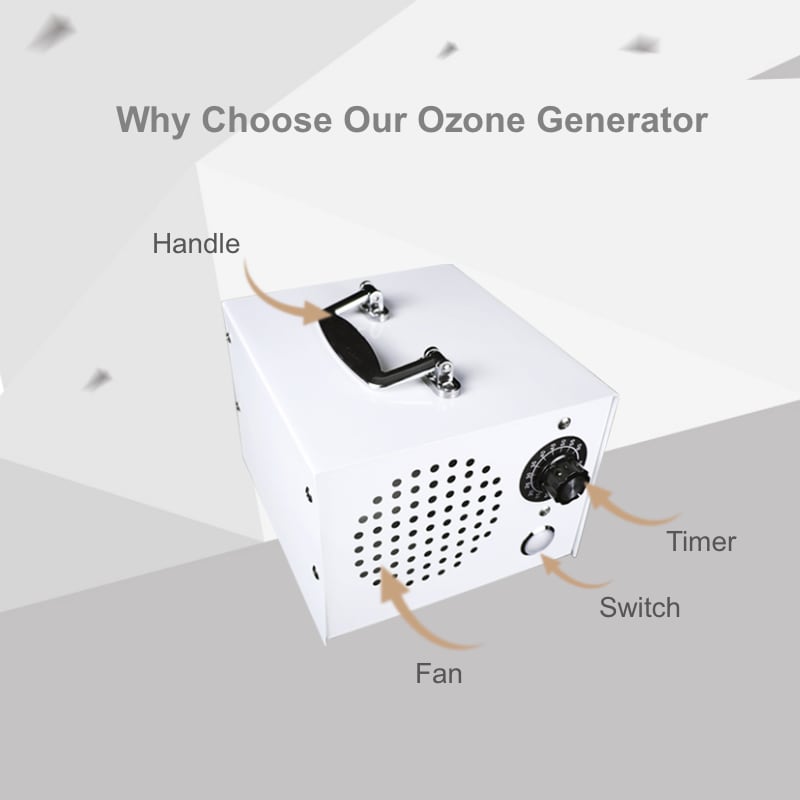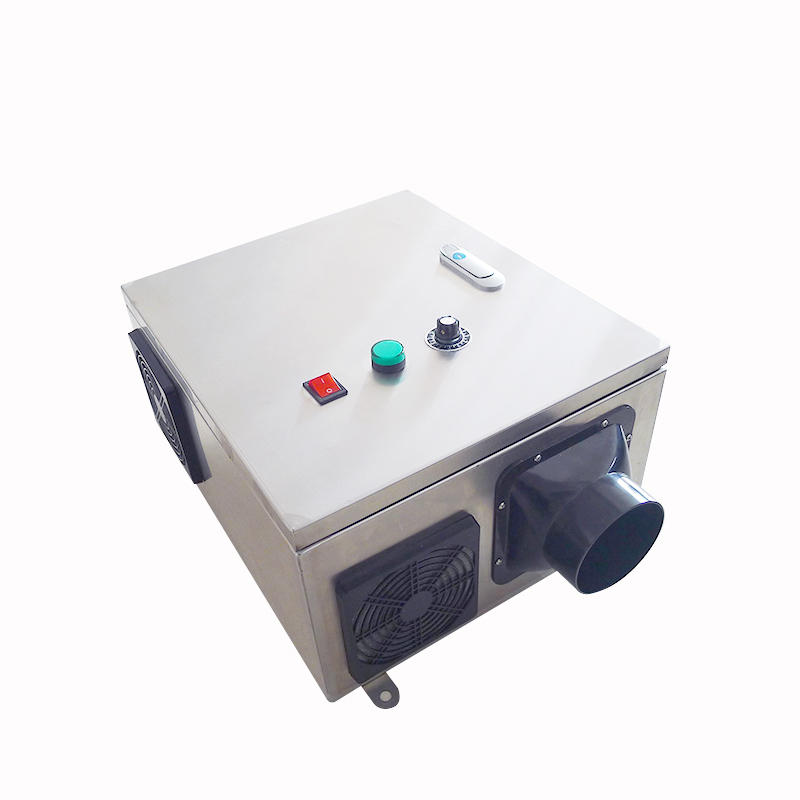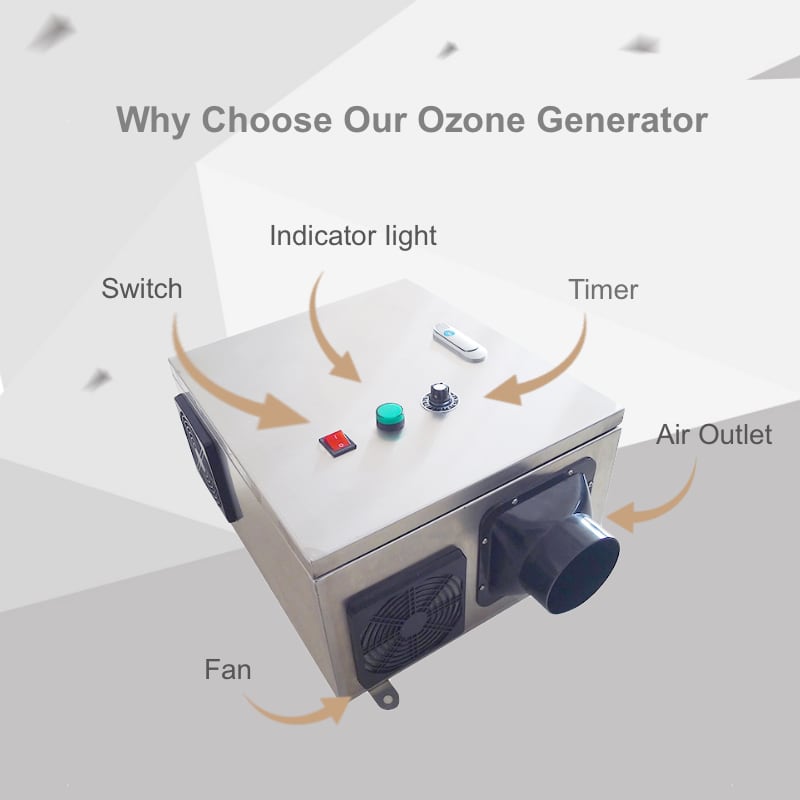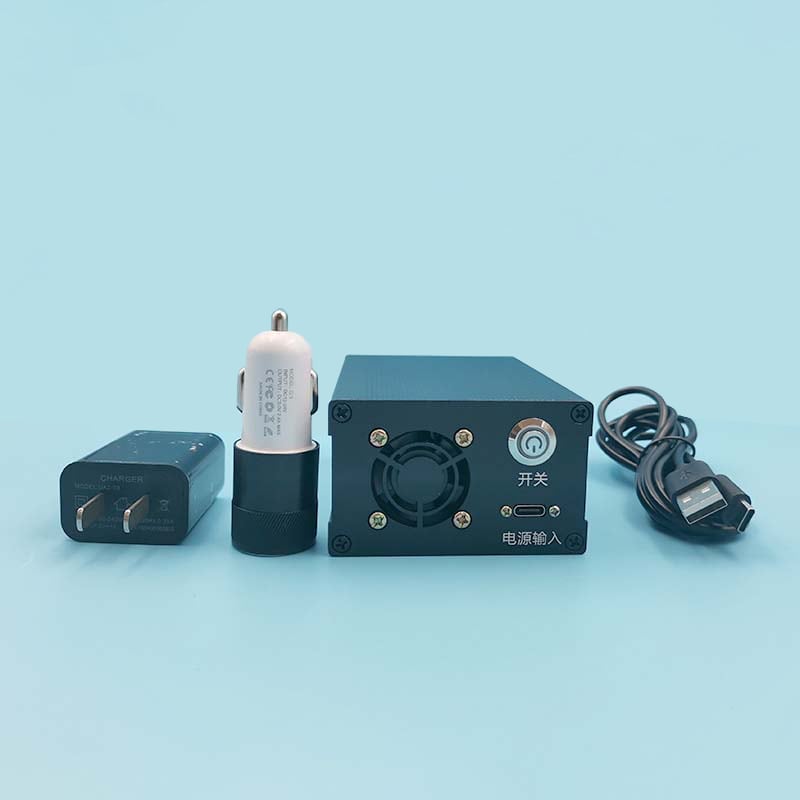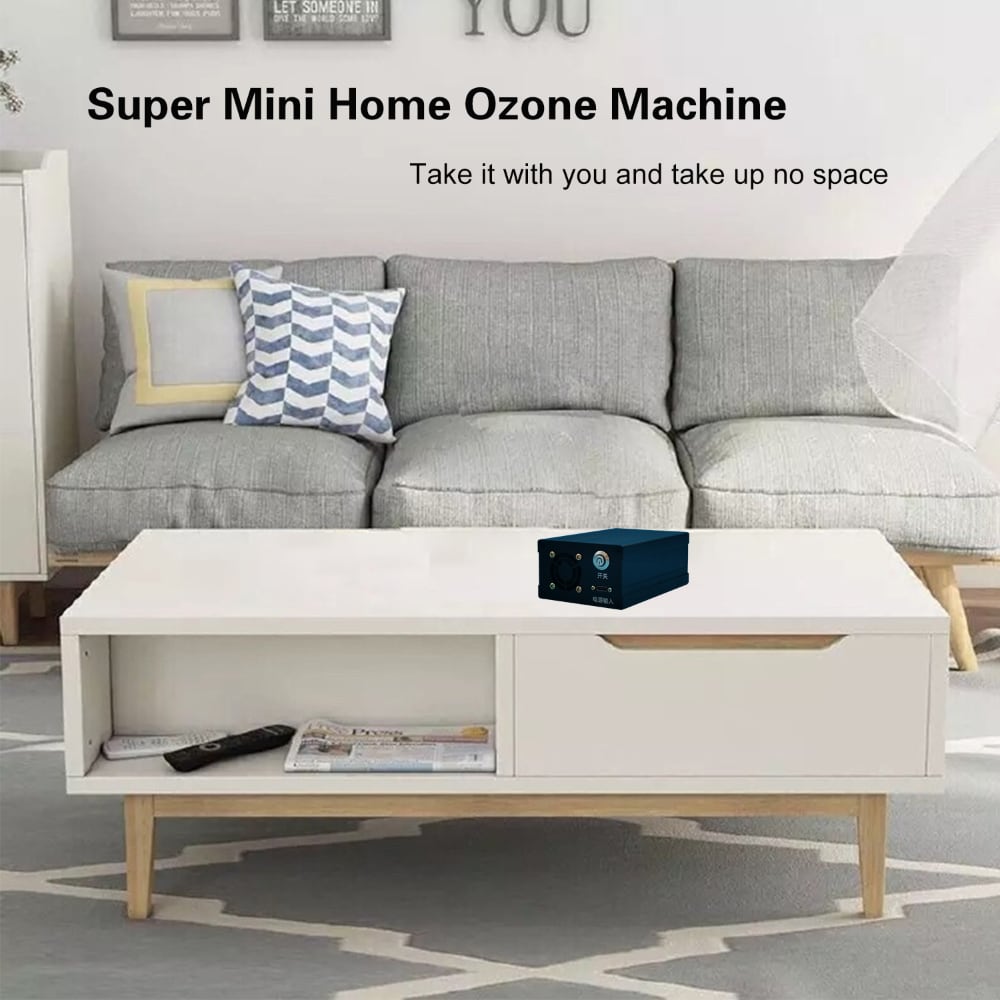- /
- Shop
- /
- Ozone Generators
- /
- Ozone Machine For Swimming Pool
Ozone Machine For Swimming Pool
- Free Shipping
- 1 Month Warranty
- Secure Payment
Description
- Ozone and its secondary products (such as hydroxyl) have the strongest bactericidal and virus-inactivating effects, which can effectively prevent the spread of infectious diseases. Experiments have shown that the same concentration of ozone has the effect of killing bacteria and viruses. 600-3000 times of that. When the ozone concentration is 1 mg/l, the inactivation of fecal E. coli only takes 5 seconds, and it takes 15,000 seconds to achieve the same effect with the same concentration of chlorine.
- Ozone is an internationally recognized environmentally friendly green bactericide, which will not cause any secondary pollution to the environment, and chlorine preparations will react with organic matter in the water to generate a variety of chlorinated organic compounds, such as chloroform, chloroform, etc., these substances All are recognized as carcinogenic mutagen. When a person swims, these toxic substances are absorbed by the body (the body can absorb 500 ml of water per hour in water). Chlorinated organic compounds in water can also irritate people’s eyes and skin, causing red eyes and skin rashes.
3. The chlorinated organic compounds and toxic gases such as chlorine that evaporate from the water are not easy to disperse above the swimming pool, which damages people’s respiratory organs and seriously affects people’s health. However, the use of ozone will not cause such problems at all.
4. The hypochlorous acid and its derivatives produced by chlorination seriously corrode the water treatment system and the equipment and structures in the hall, such as grids and heating.
- Ozone is the strongest oxidant, which can effectively decompose the humus in the water, oxidize the iron and manganese ions in the water, and decompose the tiny organisms that scatter light in the water, thereby greatly improving the clarity of the water and making the water appear beautiful blue. The chlorine preparation has no such effect. In order to make the water blue, the swimming pool using chlorine preparations often need to add copper sulfate, which is extremely harmful to people.
6. After adding chlorine preparation, it will inevitably lead to the change of the pH value of the water, which makes people feel uncomfortable. Therefore, it is necessary to add alkaline or acidic substances to neutralize it. However, ozone is a neutral substance and will not cause such problems.
Ozone can ensure the stability of water quality during high passenger flow and high temperature seasons. When high temperature and high passenger flow, the water quality is often poor. At this time, if chlorine preparations are used, a large amount of dosing is required, which will bring a series of side effects, such as Changes in pH value, irritation to the respiratory tract and human body, etc.; while a large amount of ozone has no such side effects.
7. The use of an ozone generator can greatly reduce the management and operation difficulty of the water treatment process. At the same time, the ozone generator has high safety, and the chlorine preparation has a certain degree of danger during transportation, storage and use.
8. Ozone can decompose organic matter in water and has a micro-flocculation effect, so under normal passenger flow, flocculants can be eliminated.
9. Under certain conditions of use, such as countercurrent circulation, no activated carbon filter tank, no need to add chlorine agents, flocculants, and pH regulators, ozone can be used as the only agent for water treatment.
Application method of ozone in swimming pool
1. Traditional method
The traditional theory of ozone disinfection in swimming pools believes that: ozone is a very strong oxidant and toxic, so ozone is never allowed to enter the swimming pool. Because the specific gravity of ozone is heavier than air, if it is precipitated from water, it will float on the surface of the water and form a high-concentration ozone layer, which is easy to be inhaled by people and cause poisoning. Therefore, after the water reacts with ozone before returning to the swimming pool, it must pass through a de-ozone device to prevent the remaining ozone from entering the swimming pool. After the de-ozone device, in order to maintain long-term sterilization, it is necessary to add chlorinated agents to ensure the swimming pool The residual chlorine is between 0.3 and 0.6 ppm. In swimming pool water treatment, the dosage of ozone is 0.8-1.0mg/l.
The traditional ozone disinfection method for swimming pool water treatment has the following characteristics:
◆There must be a larger volume ozone reactor to ensure that the contact reaction time of ozone and water is not less than 2 minutes;
◆Ensure that after the ozone reacts with water, the remaining ozone concentration in the water is not less than 0.4mg/l;
◆Use activated carbon to remove all remaining ozone before entering the pool;
◆After ozone disinfection, add chlorine disinfectant to make the residual chlorine reach 0.3-0.6mg/l.
In practical applications, the above methods have the following problems:
◆Ozone utilization problem: The traditional ozone disinfection process for swimming pools needs to remove the remaining ozone. The specification requires ozone concentration to be about 1.0mg/l, and the remaining ozone concentration is greater than 0.4mg/l. These remaining 0.4mg/l ozone will be removed without being used, which is equivalent to only about 0.6mg/l of ozone being used. The rest of the ozone is wasted. Moreover, after removing the ozone, it is necessary to add chlorine as a long-term disinfectant.
◆Infrastructure investment problem: According to the traditional ozone disinfection method of circulating water in swimming pools, the contact time of ozone and water should be more than 3 minutes. If the shortest contact time is 2 minutes, for a standard pool (about 2400m3), the water treatment cycle The flow rate is 400m3/h, and the flow rate is 13.3m3 in 2 minutes. According to the requirements, the filtration speed of the activated carbon filter tank is 30m/h, which requires an activated carbon filter tank with a filter area of 13.3 m3, which will greatly increase the area of the computer room, and the cost of the ozone system will increase by more than 30%.
In fact, if ozone is not removed, these problems may be solved. Therefore, many units at home and abroad have conducted research and application of this method.
2. Theoretical analysis of disinfection without ozone removal
The traditional ozone disinfection method for swimming pools believes that ozone has a certain degree of toxicity, so it is required to remove all ozone in the pool before it enters the swimming pool to prevent ozone from harming the human body.
We know that the toxicity of a substance is related to its concentration. When the concentration of ozone in the air is greater than 0.1mg/l, it can stimulate the human respiratory organs, and below this concentration, it has little effect on the human body.
The actual test shows that when the ozone dosage is 1.0mg/l, the maximum ozone concentration in the pool will not exceed 0.1mg/l. Some data point out that when the ozone concentration of swimming pool water is below 0.15mg/l, it is harmless to the human body, and the actual situation is also the same. It needs to be emphasized that toxicology tests show that at the same dose, the toxicity of ozone is lower than that of chlorine. If ozone is harmful to humans at this concentration, then chlorine is more harmful to humans.
Analysis and research abroad show that (limited by space, this article will not give a specific introduction):
◆The swimming pool water treatment and disinfection method with direct ozone addition is theoretically feasible;
◆The main contact reaction area of the non-ozone disinfection method is in the swimming pool. All ozone is a free active molecule, which can play a disinfection effect;
◆Because ozone decays in water and air, and its half-life is short, there will be no accumulation of ozone concentration;
◆The solubility of ozone in water is far greater than the dosage of ozone. The ozone in the water will not be precipitated in large quantities and will not cause harm to the human body.
◆In order to prevent ozone from harming the human body, the traditional ozone disinfection law stipulates the maximum residual concentration of ozone in the water; in the non-ozone disinfection method, in order to ensure the disinfection effect of ozone, the minimum residual concentration of ozone should be specified, and the ozone concentration should not be Less than 0.05ppm.
◆For the non-ozone disinfection method, the reasonable ozone dosage and cycle period should be determined within the range of the highest residual ozone concentration and the lowest residual ozone concentration according to actual tests.
Design Basis
- “Code for Design of Swimming Pool Water Supply and Drainage”
- “Hygienic Standards for Water Quality of Artificial Swimming Pools”
- “Sanitary Standards for Drinking Water”
- “Sanitation Standards for Swimming Places”
Design swimming pool water treatment plan
- Introduce how to determine the size of the ozone disinfection system of swimming pool water according to relevant foreign materials.
CT value is the main design parameter of the ozone disinfection system, where C represents the ozone concentration, measured in mg/L; T represents the contact time, measured in min; the product CT value of the two indicates the effectiveness of the disinfection process. For example, when the ozone concentration is 0.4mg/L and the contact time is 4min, the CT value is equal to 1.6. The higher the water temperature, the shorter the reaction time and the lower the required CT value.
U.S. Environmental Protection Agency (EPA) and Occupational Safety and Health Administration (OSHA), based on the test results, published a CT value of 1.6 for ozone disinfection systems for drinking water. The CT value of swimming pool water standards promulgated by European countries and Canadian governments also adopts 1.6. However, swimming pool water and drinking water are different: (1) The swimming pool water is closed in circulation, and the number of cycles is at least 4 times a day, while the drinking water is direct flow. (2) As the number of swimmers increases, the amount of oxidation required in the pool water also increases. (3) The temperature of swimming pool water is generally 25℃~40℃, and the temperature of drinking water is generally 0.5℃~25℃. (4) The swimming pool water should also be chlorinated as an auxiliary disinfectant. (5) The circulating water of the swimming pool is filtered and disinfected with ozone. Therefore, it is safer to use a CT value of 1.6 to determine the size of the swimming pool water ozone disinfection system. In some areas, a low CT value of 0.8 is used, the ozone concentration is 0.2mg/L~0.25mg/L, and the contact time is 3.5min~4min. At this time, the amount of chlorine added as an auxiliary disinfection can be reduced by 65%. When chlorine is used as the main disinfectant and ozone is used as a refined disinfectant, the CT value can be less than 0.8, the ozone concentration is less than 0.5 mg/L, and the contact time is less than 1 min.
Usually, ozone is introduced into the water with an ejector installed on the bypass pipe. In order to ensure the water inlet pressure of the ejector, a pipeline pump is installed on the bypass pipe to increase pressure. The mixed liquid of water and ozone after the ejector enters the reaction tank from the upper side and is fully in contact with the water from the lower side to connect with the circulating water main pipe of the swimming pool. The water in the bypass pipe is disinfected under high ozone concentration and then mixed with the water in the main pipe to produce an oxidation reaction. The commercial swimming pool water circulation cycle is 6h, and the water flow of the bypass pipe is 15% to 25% of the flow of the circulating water main pipe, which can ensure that the ozone has sufficient mass transfer efficiency and sufficient contact time before entering the main pipe.
- Process flow:
1. Good water treatment effect: ozone can quickly kill algae and microorganisms (bacteria and viruses) in the water, and can decolor and deodorize. Swimming pool water treated with ozone is clear and transparent, and it is blue.
- High system safety: Ozone is an internationally recognized green and environmentally friendly disinfectant, which will not produce secondary pollution and residues, avoid irritation to the skin after chlorine disinfection, and will not cause leakage or indicators like chlorine during operation. Accidents such as exceeding the standard.
- Reduce operating costs: Ozone is produced with air as raw material, and swimming pool water can be recycled and used repeatedly, which can greatly reduce operating costs.
Some suggestions on the treatment of swimming pool water by ozone
- When the swimming pool adopts ozone disinfection, the counter-current circulating water distribution method should be adopted. In this case, the influent water containing ozone can be quickly mixed with the pool water, and it may not be necessary to add other chemicals, such as chlorine, flocculants, and pH adjustment. In actual operation, only swimming pool managers can really appreciate the other benefits brought by the counter-current water distribution method, such as easy removal of floating objects on the water surface, water saving and energy saving, and small pool cleaning workload.
2. When the swimming pool water is disinfected by ozone, it is unnecessary and should not remove the remaining ozone. The remaining ozone in the water will not reach a concentration that can cause harm to people.
- When counter-current circulation is used to not remove ozone, if the pool water can be circulated according to the specifications, under normal passenger flow, when the ozone dosage is 0.5mg/l, it can meet the disinfection needs, but the design should consider leaving a surplus the amount.
4. The ORP controller can be used to monitor the ozone concentration in the water. When the ozone concentration in the backwater of the pool is too high (greater than 0.15ppm), turn off the ozone generator.
- Filtration plays a decisive role in water quality. When the particle size of the filter material is 0.6-1.0mm, if the thickness of the filter layer (excluding the thickness of the supporting layer) can reach 900mm, the dosage of ozone can be reduced, otherwise, No amount of ozone can meet the design requirements.
6. Almost all the information talks about avoiding too much ozone to enter the lungs of swimmers and poolsiders. The so-called “excessive” refers to the situation where the ozone concentration in the air that a person breathes within 8 hours is above 0.1ppm, which is a unified regulation of the European and American authorities. Theoretical analysis and practical application show that a typical ozone generator designed for swimming pools will never reach this concentration.
7. If chlorine preparations are to be added, when the residual chlorine reaches 0.1ppm, the need for disinfection can be met.
- If activated carbon is used, it can be used as a biological filter to degrade organic matter and ammonia nitrogen in the water. At this time, long-acting fungicides should not be added to prevent them from killing microorganisms on the activated carbon, and a small amount of ozonized water Through the activated charcoal tank. In this case, there are two purposes of ozonization: one is to disinfect, and the other is to decompose hard-to-biodegradable organic matter into biodegradable organic matter, and improve the ability of biodegradable organic matter.
Additional
| Weight | 3.5 kg |
|---|---|
| Dimensions | 35 × 16 × 26 cm |

